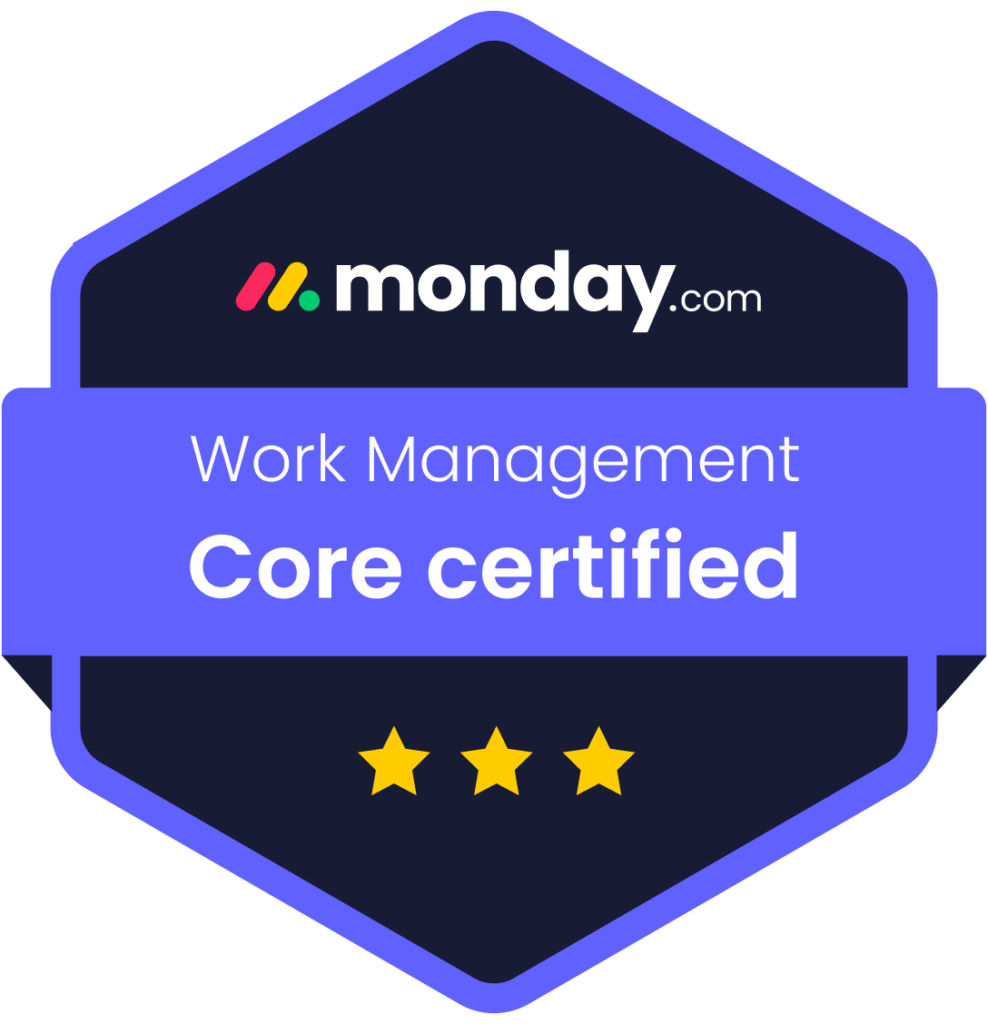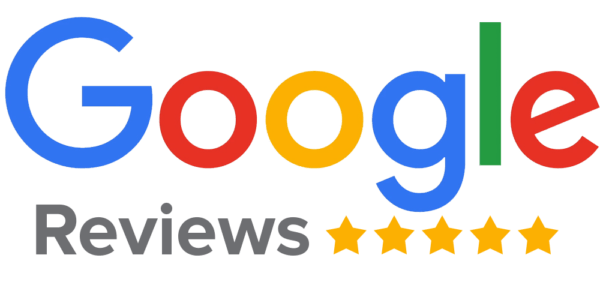If you want your business to succeed online, SEO is non-negotiable. But as you dive deeper into your digital strategy, you’ll encounter two critical branches of SEO: content SEO and technical SEO. Both are essential, but they serve different functions—and knowing how to balance them can mean the difference between page one rankings and total obscurity.
This guide will help you understand the strengths of content SEO vs technical SEO, how they work together, and how to build a holistic SEO strategy that brings traffic and drives results.
What is Content SEO?
Content SEO focuses on the words and information that live on your website. This includes blog posts, product pages, landing pages, FAQs, guides, and everything in between. The goal is to align your content with what your audience is searching for, while also signaling relevance to search engines.
Key Elements of Content-Driven SEO:
- Keyword Research: Finding relevant, high-intent search terms your audience is using.
- Content Optimization: Using keywords naturally in titles, headers, and body copy.
- Blogging Strategy: Publishing valuable articles that answer questions and solve problems.
- Content Structure: Organizing pages with proper H1, H2, and H3 formatting.
- Internal Linking: Connecting related pages to improve navigation and page authority.
Why Content SEO Matters:
- It drives organic traffic by targeting real search queries.
- It educates and engages your audience.
- It positions your brand as an authority in your industry.
- It’s a key driver of on-page SEO, helping Google understand your topic relevance.
Without content, you can’t rank for anything meaningful. But great content alone won’t work if your site is slow, unstructured, or difficult for search engines to crawl—that’s where technical SEO comes in.
What is Technical SEO?
Technical SEO refers to the back-end optimizations that ensure your website is functional, fast, and indexable by search engines. It’s all about improving how search engines access, crawl, and interpret your content.
Key Elements of Technical SEO:
- Site Speed Optimization: Ensuring pages load quickly on all devices.
- Mobile-Friendliness: Building a responsive site that works on smartphones and tablets.
- XML Sitemaps: Helping search engines navigate your site structure.
- Robots.txt: Directing search engines on what to crawl and what to ignore.
- Secure Site (HTTPS): Keeping your site encrypted and secure.
- Fixing Crawl Errors: Addressing 404 errors, broken links, and redirect chains.
- Core Web Vitals: Google’s metrics for page performance and user experience.
Why Technical SEO Matters:
- Without it, your site may not be indexed correctly.
- It directly impacts user experience, bounce rates, and conversions.
- It supports your content so it can be found and ranked.
- It influences your site’s credibility and authority.
Technical SEO is the foundation. If your site is broken or hard to navigate, even the best content won’t rank.
Content SEO vs Technical SEO: Which Comes First?
Both are important, but in most cases, technical SEO comes first—because it lays the groundwork that allows your content to perform.
Think of It This Way:
- Technical SEO is the architecture of your house.
- Content SEO is the furniture, decor, and personality inside.
You wouldn’t invite guests into a home that isn’t structurally sound. Similarly, you shouldn’t create content on a site that’s slow, unresponsive, or invisible to Google.
However, Content Is What Users See First:
Once the technical framework is in place, content SEO takes over as the long-term growth engine. It continuously brings new users, builds topical authority, and strengthens your keyword rankings.
The real power comes when you optimize both simultaneously.
Finding the Right Balance Between Technical and Content SEO
Achieving the right balance means making sure both content and technical foundations are solid—and that they support each other. Here’s how to do it:
1. Perform a Technical SEO Audit First
Before ramping up your content strategy, use tools like:
- Google Search Console
- PageSpeed Insights
- Screaming Frog SEO Spider
- SEMrush or Ahrefs
Look for:
- Crawl errors or indexing issues
- Slow-loading pages
- Missing meta tags or alt attributes
- Mobile usability issues
- Site structure problems
Fix these issues first to create a strong foundation for content SEO to thrive.
2. Build a Strategic SEO Content Plan
Once your site is optimized on the back end, create a keyword-driven content roadmap.
Include:
- Informational blogs (how-tos, tutorials, guides)
- Product or service landing pages
- Location-based pages (for local SEO)
- Frequently Asked Questions (FAQs)
- Case studies or testimonials
Use keyword clusters to build topic authority and support long-tail SEO growth.
3. Align Content with Technical Best Practices
Each time you publish a new page or blog post, make sure it’s optimized from both perspectives.
Checklist:
- Fast page load
- Mobile responsive
- Keyword-optimized titles and meta descriptions
- Proper header hierarchy (H1, H2, H3)
- Alt text on images
- Internal links to related content
- Canonical tags if needed
When content creation and technical execution work together, your site performs better in both user experience and search rankings.
Content SEO Mistakes to Avoid
- Keyword Stuffing: Overloading content with exact-match keywords lowers readability.
- Thin Content: Pages with little or no value are ignored by search engines.
- Duplicate Content: Repeating the same copy across pages can hurt rankings.
- Ignoring User Intent: Writing for search engines, not real people, leads to poor engagement.
Technical SEO Mistakes to Avoid
- Neglecting Mobile Optimization: With mobile-first indexing, this is critical.
- Poor Site Architecture: Deep, disorganized pages confuse crawlers and users.
- Ignoring Page Speed: A slow site frustrates users and impacts SEO metrics.
- Broken Links or Redirect Loops: These create crawl issues and poor UX.
SEO Success Requires Long-Term Strategy
While content and technical SEO are distinct, their synergy is where true growth happens. Focusing only on one limits your potential.
Great content won’t rank on a broken site. And a perfectly optimized technical site won’t attract users without valuable content.
Success in SEO means thinking beyond tactics and building a system where content creation is backed by a strong technical foundation, continuously monitored and refined over time.
How Skyfield Digital Can Help You Master SEO
At Skyfield Digital, we know that every business is different. That’s why we build custom SEO strategies that align content and technical performance. Whether you need a full technical audit, a scalable content plan, or both, we’ll guide you toward sustainable search visibility and real business results.
Our SEO solutions include:
- Technical site audits
- Website performance optimization
- Keyword and content strategy development
- Local and eCommerce SEO
- Conversion-focused content creation
Let us help you balance your SEO foundation and fuel it with content that converts.
Call us today at (203) 226-8795 or fill out our contact form to start building your SEO growth engine.













